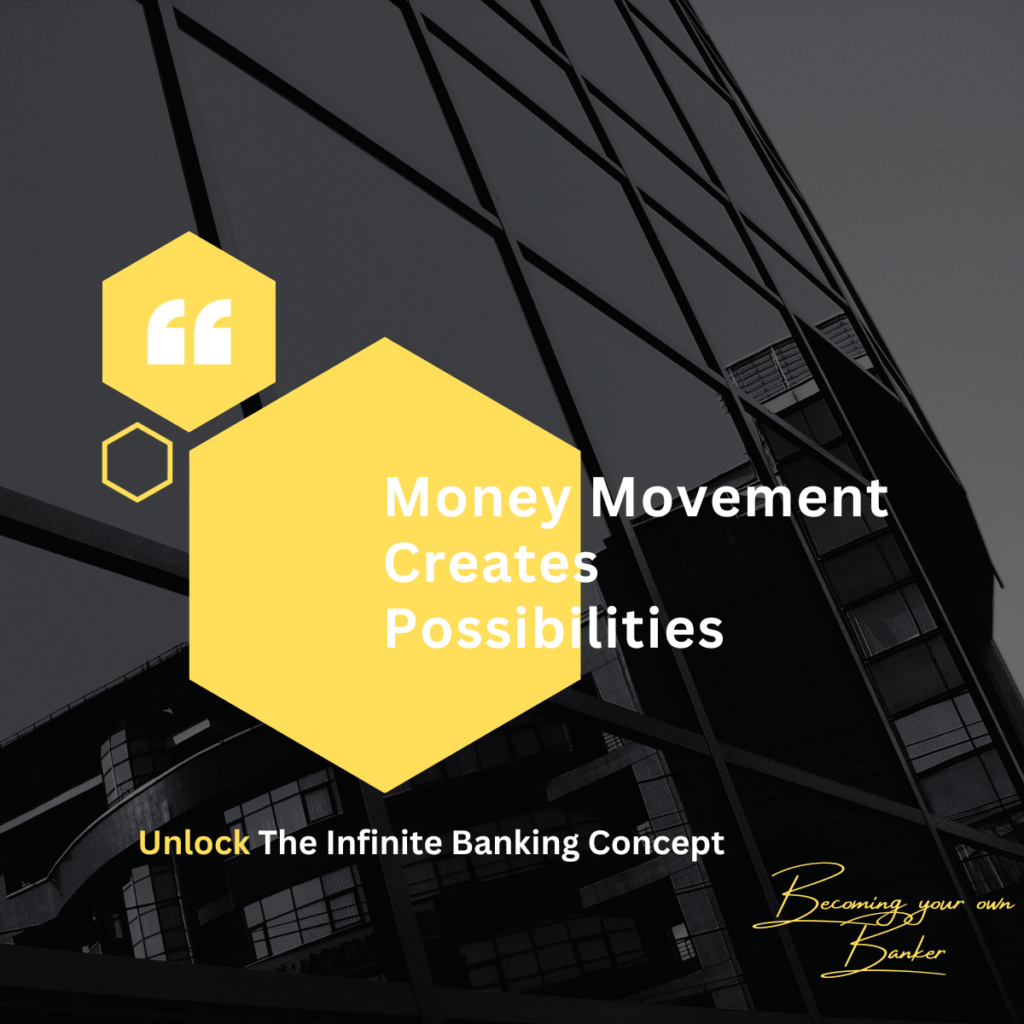In the fast-paced world of entrepreneurship, where every decision can make or break a business, financial strategies play a pivotal role in determining success. One often-overlooked but powerful tool in an entrepreneur’s financial arsenal is the high cash value whole life insurance policy. This financial instrument has been gaining traction for its unique ability to provide both protection and growth, making it a key player in the realm of infinite banking. In this blog, we will explore why modern entrepreneurs need to understand the truth about high cash value whole life insurance and how it can be a saving grace in the face of business challenges and economic uncertainties.
The Foundation of Infinite Banking
Before delving into the specifics of high cash value whole life insurance, it’s crucial to grasp the concept of infinite banking. At its core, infinite banking is a financial strategy that empowers individuals, particularly entrepreneurs, to take control of their finances by leveraging a specially designed life insurance policy. The idea is to create a personal banking system within the policy, allowing policyholders to borrow against their cash value and use it for various financial needs.
High Cash Value Whole Life Insurance: The Basics
Traditional whole life insurance policies are often criticized for their low cash value accumulation in the initial years. However, high cash value whole life insurance policies aim to address this issue by prioritizing cash value growth from the beginning. These policies provide entrepreneurs with a unique combination of life insurance coverage and a cash accumulation component, making them a versatile financial tool.
The Importance of Liquidity
One of the key advantages of high cash value whole life insurance is its emphasis on liquidity. Unlike other investments that may have lock-in periods or penalties for early withdrawals, the cash value in these policies can be accessed at any time. For entrepreneurs facing the unpredictable nature of business, having quick access to funds can be a game-changer. Whether it’s seizing a lucrative business opportunity, weathering a financial storm, or funding a strategic expansion, the liquidity offered by these policies provides a safety net that traditional investments often lack.
Protection in the Face of Uncertainty
Entrepreneurs are well-acquainted with the inherent risks of business. In times of economic downturns or unforeseen challenges, having a financial safety net becomes crucial. High cash value whole life insurance policies offer a dual benefit of providing a death benefit for loved ones and serving as a financial cushion for the policyholder. This protection can be instrumental in preserving the entrepreneur’s legacy and ensuring that the business continues to thrive, even in the face of adversity.
Tax Advantages for Entrepreneurs
Tax efficiency is a paramount consideration for entrepreneurs seeking to maximize their financial resources. High cash value whole life insurance policies come with several tax advantages that make them an attractive option. The cash value growth within the policy is tax-deferred, meaning entrepreneurs can enjoy compounded growth without the burden of annual taxes. Additionally, when structured correctly, policy loans can be accessed tax-free, offering a tax-efficient way to fund business needs without triggering immediate tax liabilities.
Building Wealth Through Dividends
One of the distinguishing features of high cash value whole life insurance policies is the potential for dividends. When policyholders choose a participating policy, they become eligible to receive dividends, which can be used to enhance the policy’s cash value or pay premiums. For entrepreneurs, this presents an opportunity to participate in the financial success of the insurance company, further contributing to the growth of their policy’s cash value.
Infinite Banking and Financial Empowerment
The concept of infinite banking is rooted in the idea of financial empowerment. By establishing a personal banking system within the high cash value whole life insurance policy, entrepreneurs can break free from traditional banking constraints. Rather than relying on external lenders, they can borrow against their policy’s cash value, allowing them to maintain control over their finances and direct interest payments back into their policy.
A Tailored Approach to Financial Planning
Every entrepreneur’s journey is unique, and so are their financial needs. High cash value whole life insurance policies offer a level of customization that aligns with the dynamic nature of entrepreneurial ventures. Policyholders have the flexibility to adjust premiums, death benefit amounts, and access to cash value based on their changing circumstances. This adaptability makes these policies a valuable tool for entrepreneurs seeking a financial strategy that evolves with their business.
Addressing the Criticisms
While high cash value whole life insurance policies offer numerous benefits, it’s essential to address common criticisms associated with them. Critics often argue that the premiums for these policies can be higher compared to term life insurance. However, it’s crucial to recognize that the focus of high cash value policies is on long-term cash value accumulation, providing a unique set of advantages that extend beyond the scope of term policies.
Conclusion
In the ever-evolving landscape of entrepreneurship, modern business leaders must be equipped with financial strategies that not only protect their ventures but also propel them toward prosperity. High cash value whole life insurance, with its emphasis on liquidity, protection, tax advantages, and the infinite banking concept, emerges as a tool that aligns with the dynamic needs of entrepreneurs. By understanding the truth about these policies, entrepreneurs can unlock a powerful instrument that not only safeguards against business poverty but also fosters a path to enduring financial success.











